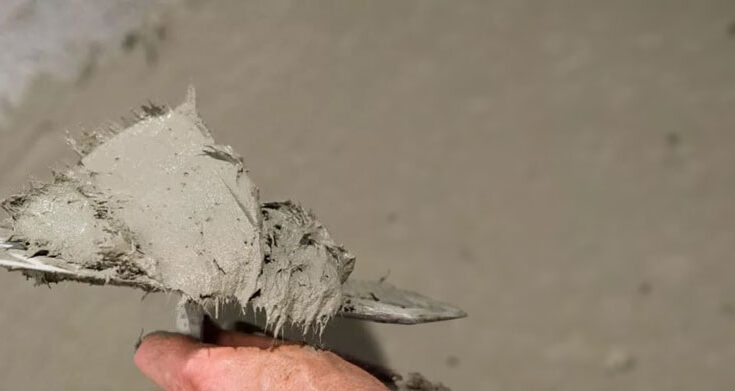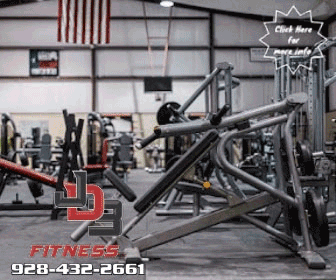Construction is one of the most important industries that requires high-quality materials to create strong and sustainable structures. One of the new innovative materials that helps improve the quality of concrete and its properties is microfiber.
Improving the strength of concrete using microfiber
Microfiber in concrete plays an important role in improving its strength. The introduction of microfiber into concrete can significantly improve its mechanical properties and resistance to stress. Microfiber is a fine fibrous material that is added to the concrete mixture. These microscopically small fibers create additional bonds between concrete particles, which increases its strength and resistance to various influences.
When concrete is subjected to stress, microfiber is distributed evenly throughout the entire volume of concrete and forms a fabric-like structure. This allows you to form a stronger and more stable matrix that can withstand heavy loads without deformation or destruction. Thanks to this, microfiber allows you to create stronger and more durable concrete structures that can withstand extreme operating conditions.
Increasing the stability of concrete structures due to the introduction of microfiber
The introduction of microfiber into concrete also helps to increase the resistance of concrete structures to various external influences. Microfiber prevents the appearance of cracks and other defects in concrete, which often arise due to improper technological processes, weather conditions, or loads.
Microfiber fibers create numerous interfacial bonds in concrete, which significantly improves its resistance to tension and delamination. This helps prevent the appearance of cracks and limit their propagation when loads or deformations occur. Microfiber also increases the resistance of concrete to aggressive chemical environments, moisture, and frost.
Reducing the likelihood of cracks and other defects in concrete using microfiber
One of the main problems that builders face is the appearance of cracks and other defects in concrete, which reduces its quality and strength. Using microfiber in concrete helps reduce the likelihood of such defects.
When a concrete mixture contains microfiber, it can adapt to heat associated with the shrinkage of the material. Microfiber becomes an indestructible “reinforcement” that eliminates the need for “trimming” cracks in the concrete mixture. This significantly improves the quality of concrete and increases its durability.
Increasing the durability of building materials using microfiber in concrete
Microfiber in concrete helps increase the durability of building materials. By adding microfiber to concrete, structures become more resistant to the effects of time and the environment.
Microfiber provides concrete with additional protection against corrosion and abrasion, preventing damage to its surface and structure. It can retain moisture and protect concrete from adverse weather conditions, as well as from exposure to chemically aggressive environments.
Using microfiber in concrete can significantly increase the service life of building structures and reduce the cost of their maintenance and repair. This makes microfiber an indispensable and sought-after material in the construction industry.









